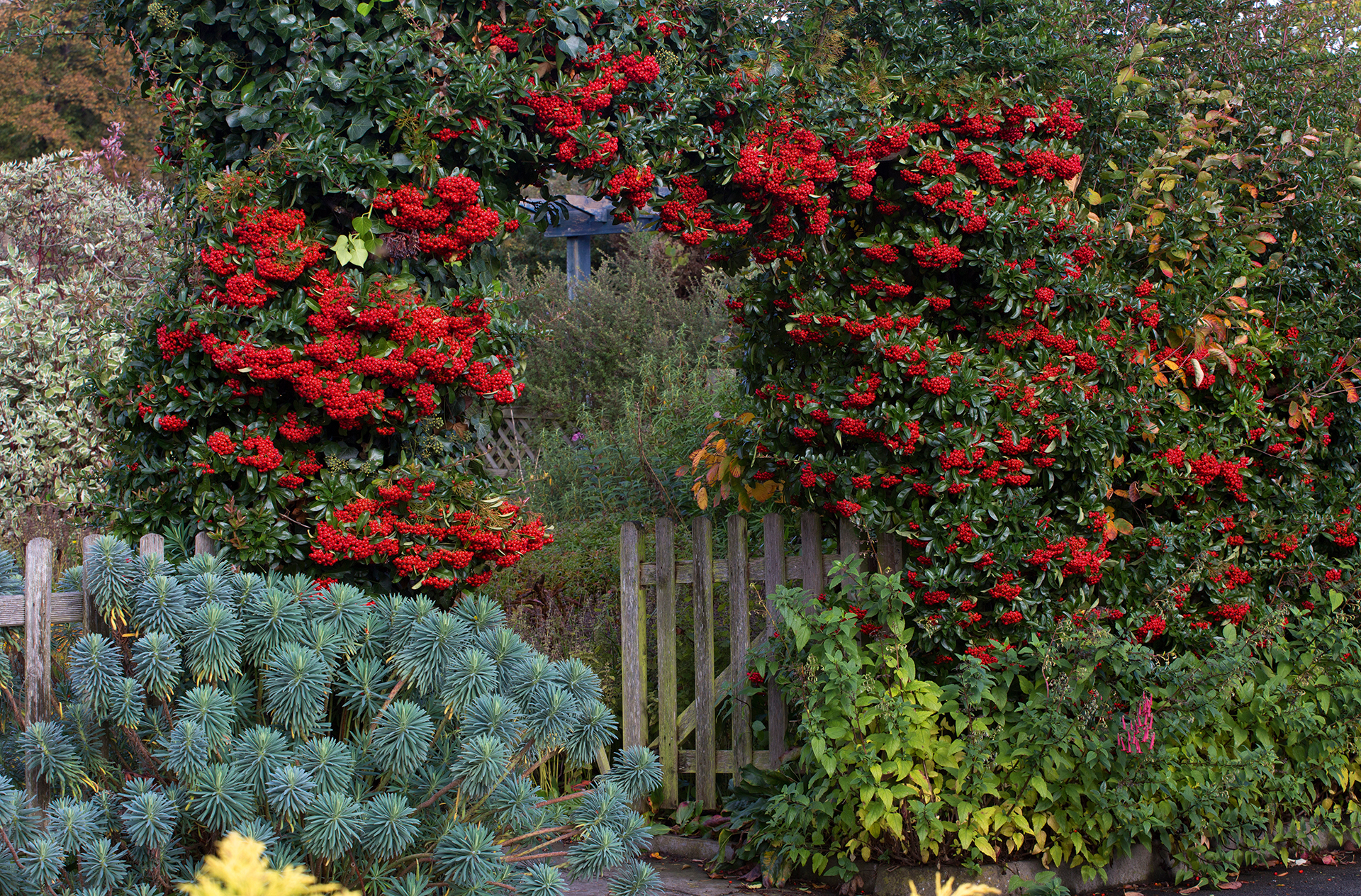Garden Trees Adding Height and Beauty to Your Outdoor Space
Exploring Garden Trees: Adding Height and Beauty to Your Outdoor Space Introduction to Garden Trees…


Exploring Garden Trees: Adding Height and Beauty to Your Outdoor Space
Introduction to Garden Trees
Garden trees are an essential element of any landscape design, providing shade, beauty, and structure to outdoor spaces. Whether you have a small backyard or a sprawling estate, incorporating trees into your garden can enhance its aesthetic appeal and create a sense of tranquility and harmony. From flowering specimens to evergreen varieties, there are countless options to choose from when selecting garden trees for your landscape.
Creating Shade and Privacy
One of the primary benefits of garden trees is their ability to provide shade and privacy to outdoor spaces. By strategically planting trees around patios, decks, and seating areas, you can create cool, shaded retreats where you can relax and unwind on hot summer days. Additionally, trees can act as natural screens, helping to block unsightly views and create a sense of privacy in your garden oasis.
Enhancing Visual Interest
Garden trees add vertical interest to the landscape, breaking up the monotony of flat expanses of lawn and flower beds. Their varied shapes, sizes, and foliage colors create visual focal points and focal points that draw the eye and create a sense of depth and dimension in the garden. Whether you prefer the graceful silhouette of a weeping willow or the bold foliage of a Japanese maple, there’s a tree to suit every style and taste.
Providing Habitat for Wildlife
In addition to their aesthetic appeal, garden trees provide valuable habitat for wildlife, including birds, insects, and small mammals. Trees offer food, shelter, and nesting sites for a diverse array of wildlife species, helping to support biodiversity and ecosystem health in your garden. By planting a variety of native trees, you can attract a wide range of wildlife and create a thriving ecosystem in your backyard.
Selecting the Right Trees for Your Garden
When choosing garden trees for your landscape, it’s important to consider factors such as climate, soil conditions, and available space. Consider the mature size of the tree and its growth habits to ensure that it will fit comfortably within your garden without overcrowding or overshadowing other plants. Additionally, think about the tree’s seasonal interest, including its bloom time, foliage color, and any fruits or nuts it may produce.
Planting and Care Tips
Once you’ve selected the right trees for your garden, proper planting and care are essential to ensure their health and vitality. Start by preparing the planting site by loosening the soil and incorporating organic matter to improve drainage and fertility. Dig a hole slightly wider and shallower than the tree’s root ball, and position the tree so that the top of the root ball is level with the surrounding soil. Backfill the hole with soil, water thoroughly, and mulch around the base of the tree to retain moisture and suppress weeds.
Pruning and Maintenance
Regular pruning and maintenance are essential to keep garden trees healthy and looking their best. Prune dead or diseased branches regularly to promote air circulation and reduce the risk of pests and diseases. Additionally, thin out crowded branches to improve light penetration and encourage healthy growth. Water trees deeply and infrequently, especially during dry periods, and fertilize as needed to provide essential nutrients for growth and development.
Conclusion
In conclusion, garden trees are a valuable addition to any landscape, providing shade, beauty, and habitat for wildlife. By carefully selecting and planting trees that suit your climate and soil conditions, you can create a lush and vibrant garden oasis that enhances the beauty and functionality of your outdoor space. With proper care and maintenance, garden trees will continue to thrive and delight for many years to come.





